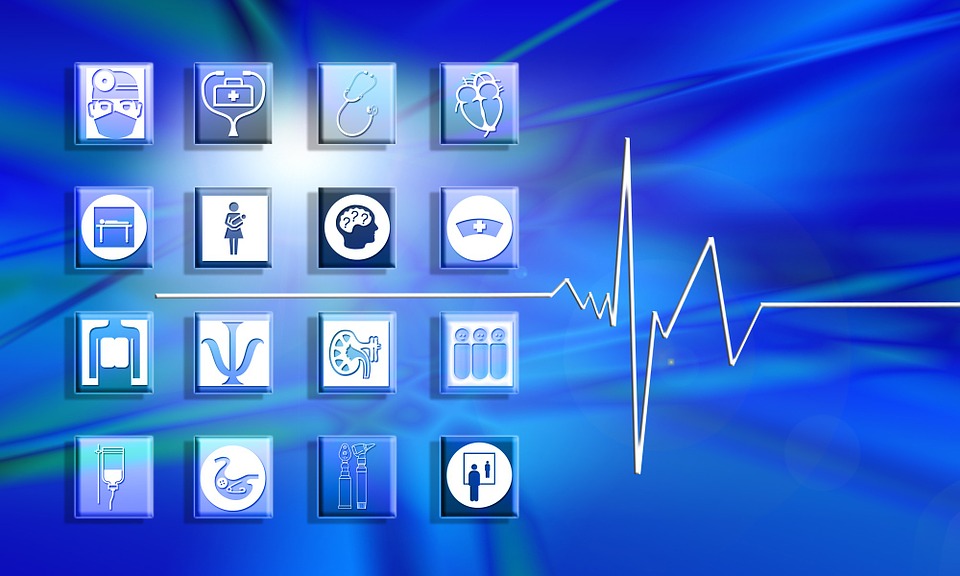1. Patients Require Transparency
Contrary to the name, patients are no longer “patient” about their health. A recent PricewaterhouseCoopers, LLP, Health Research Institute survey conducted on 1,060 adults found that more than 75% of people receiving care expect healthcare organizations to respond within a day or less to appointment requests via social media.[ii] It’s no secret that being sick can be very scary, and no one enjoys being left in the dark. Today’s empowered patients want continuous updates on the status of their health. They’re using social media to probe and ask questions about everything, and they want the same near-instant responses from their healthcare providers. For today’s patients, transparency is the key to establishing a rapport, and they expect healthcare companies to be open and honest throughout the process. Social media tools like Facebook and Twitter allow healthcare organizations to ease patient insecurities by interacting with them on a more personal level.2. It’s Cost Effective
Healthcare professionals know all too well about the challenge of cutting costs. Over $2.5 trillion is spent on healthcare each year, and this number is expected to increase to $4.4 trillion by 2018.[iii] The pressure is on to reduce costs and accommodate the needs of an already stretched workforce. In the midst of cost concerns lies the need to enhance patient experience, and social media provides a low-cost solution to this problem. Social media is a relatively inexpensive form of communication with the capability to reach a much wider audience than traditional forms of communication.[iv] By utilizing social media, healthcare organizations can reduce costs while still connecting with patients and enhancing their overall experience.3. The Chance to Tell Your Side of the Story
People have always relied on the recommendations of friends and family to make healthcare decisions. Today, social media makes word-of-mouth recommendations nearly instantaneous. All prospective patients need to do is type the hospital or physician’s name into a Google search and voilà: reviews galore. There are Yelp reviews for virtually every business out there, allowing patients access to both positive and negative reviews of all manner of services. This makes it even more imperative for healthcare organizations to join the conversation. Listening to patients and joining online conversations can offer a wealth of insight and creates opportunities to meet patient expectations. Healthcare organizations that engage with patients on social media have the benefit of being able to read, monitor, and respond to what is being said about them online. Companies that choose not to engage place themselves at a disadvantage. Keep in mind that every comment and complaint represents a chance to fix the problem publicly. Reputation is everything, and social media presents a platform that allows you to protect and defend your company’s reputation, while also telling your side of the story.
4. Social Media is Ideal in Times of Crisis
While most people deem social media to be more of a recreational method of communication, it has become one of the healthcare industry’s most reliable resources for providing up-to-the-minute news during times of crisis. Social media outlets like Facebook and Twitter make it possible for healthcare professionals to publicly convey information on global medical emergencies such as disease outbreaks and food product recalls. “Tweets” and Facebook posts allow organizations to provide instructions to the healthcare community, and notify patients that facilities are open for treatment. Because social media happens in real-time, notification of any outbreak or global medical crisis can be communicated to the masses instantly, and it’s the only form of communication capable of doing that.5. Your Patients are Social Creatures
Before social media came along, healthcare facilities communicated through broadcast and one-way messaging. Back then, reciprocal communication was not encouraged, and patients were mostly on the receiving end of information. Today, that kind of dynamic between patients and healthcare companies is no longer acceptable. Technology has exposed an underlying truth within us all. We’re all social creatures. No one likes one-way flow of information, and thanks to social media, information can easily flow in multiple directions. Patient experience doesn’t just begin in the medical facility. It begins and continues through online engagement, and social media is a powerful factor in that continuing connection. One in four patients expect to connect with a hospital or chosen healthcare provider via social media at some point, and 57% of them believe social media has a strong impact on whether or not they use a hospital’s services.[v] Let’s face it: the rules of the game have changed, and having an online presence is simply not enough anymore. It’s all about human interaction and building relationships, and social media is a crucial tool in solidifying relationships and ensuring patient loyalty. What additional reasons to engage with patients through social media would you add to boost your patient outreach strategy? Tell us in the comments section below.REFERENCES
[i] Mahoney, Sarah. “All Grown Up: Patient Engagement Comes of Age.” Patient Engagement 1 June 2015: 4-6. Print. [ii] Merisalo, Laura J. “Harnessing the Power of Social Media In Healthcare.” Healthcare Registration July 2012: 10-12. Print. [iii] Thielst, Christina Beach. “Using Social Media to Engage Patients.” Healthcare Executive (2011): 66-70. Web. [iv] Ritcher, Jason P. “Social Media: How Hospitals Use It, and Opportunities for Future Use.” Journal of Healthcare Management 59.6 (2014): 448-60. Print. [v] Thielst, Christina Beach. “Social Media: Ubiquitous Community and Patient Engagement.” Frontiers of Health Services Management 28.2 (2011): 3-14. Web.ABOUT CATMEDIA:
CATMEDIA is an award-winning Inc. 500 company based in Atlanta, Georgia. Founded in 1997, the company specializes in advertising, creative services, media production, program management, training, and human resource management. As a Women Owned Small Business (WOSB), CATMEDIA provides world-class customer service and innovative solutions to government and commercial clients. Current CATMEDIA clients include Centers for Disease Control and Prevention (CDC), Federal Aviation Administration (FAA), Office of Personnel Management (OPM), and the Department of Veterans Affairs (VA).Stay Connected with CATMEDIA: For more information, please visit CATMEDIA.com Like us on Facebook Follow us on Twitter
